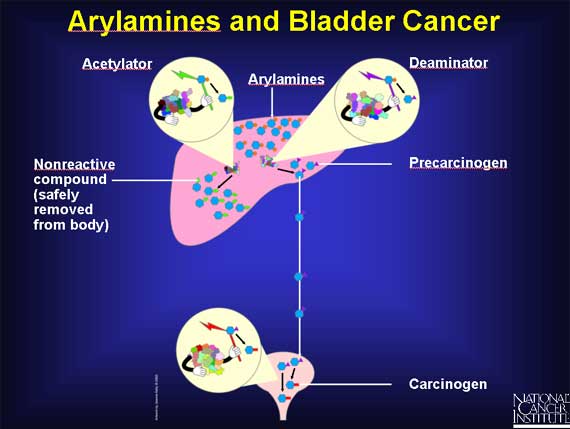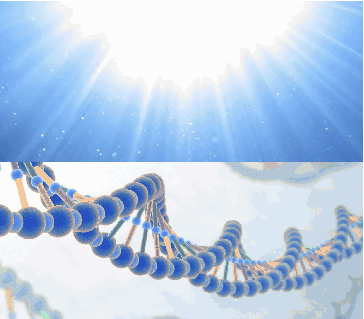| Home |
| Research |
| People |
| Publications |
| Contact |
| Links |
| Research Topics |

A substantial number of experimental evidence collected over the last decade, supports the involvement of mitochondria in the key processes associated with cancer such as cellular apoptosis, growth, metabolism and energy supply.
In the last ten years, extensive proteomic analysis has been performed on the mitochondria of various types of cancerous cells. One of the proteins found consistently overexpressed in the mitochondria of cancerous cells as opposed to the normal cells is chaperone HSP60. This protein is located in the mitochondrial matrix and plays a significant role in protein folding, assembly, transport and degradation of damaged proteins as well as in the regulation of apoptosis. The identification of small molecules specifically targeting the interactions of HSP60 with other proteins is one of the ongoing projects in our lab.
Genotoxicity of arylamines.

Arylamines
(AAs) are widely employed in chemical, cosmetic, pharmaceutical, and
food industries. Examples include diphenylamine used in the
preservation of apples; 2-naphthylamine, which occurs in nature,
utilized to make azo dyes; and paraphenylenediamine, which is applied
as a permanent hair dye. Exposure normally occurs through skin contact
or inhalation. AAs may be very genotoxic as they are capable of
interacting with DNA causing various types of damage.
Complex systems that repair DNA damage are present
in almost all organisms including humans. However, the accumulation of
unrepairable DNA lesions promotes the development of a number of
diseases including cancer. Even though a lot of AAs have been
classified as carcinogenic, mechanisms underlying the processes of
carcinogenesis caused by these compounds are not comprehensively
understood. In our lab we focus on the chemistry of the formation of
arylamine radicals and mechanisms of the formation of double strand
breaks on DNA caused by these reactive species.
Oxidative stress. Dynamics of DNA repair.

Oxidation-reduction reactions occurring in mitochondria and endoplasmic
reticulum generate the flow of electrons. Leaking electrons may
interfere with surrounding molecules, producing reactive oxygen species
(ROS). ROS react with DNA, which results in the formation of covalent
modifications on DNA bases. The repair of the oxidized bases is
performed by a Base Excision Repair (BER) mechanism. The first step in
this mechanism represents the excision of a damaged base by the
hydrolysis of N-glycosidic bond. This task is performed by
glycosylases.
The structure and function of these enzymes have
been comprehensively described. However, the dynamics of their
expression, mechanisms of their translocation to DNA damage sites and
the dynamics of the DNA repair performed by glycosylases in living
cells are not comprehensively understood. In our lab we study the
dynamics of glycosylase expression in response to stress using Western
blot technology and fluorescence imaging.